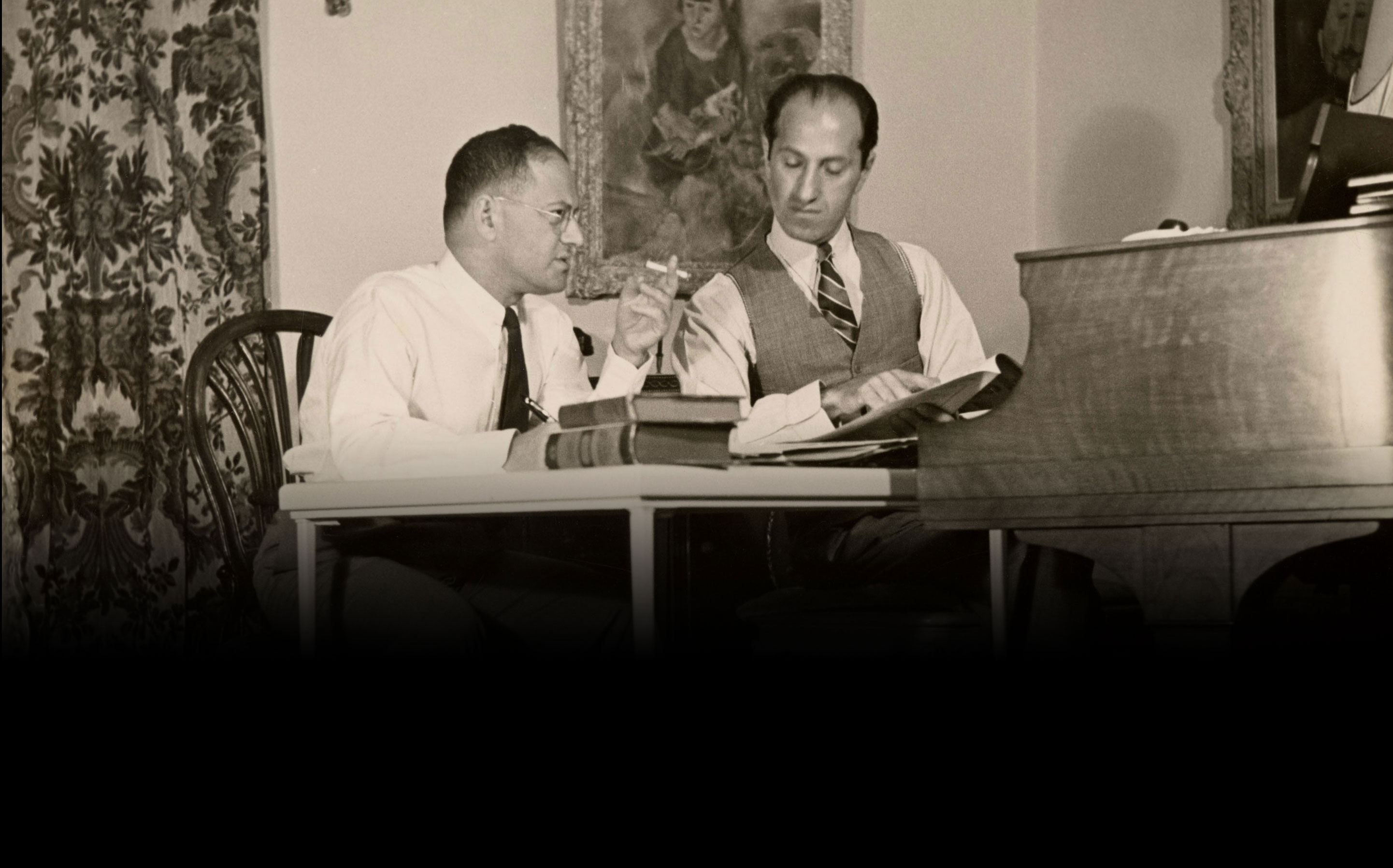Rediscovering La, La, Lucille
In this post, Associate Editor Jacob Kerzner describes discovering materials that had been thought lost from George Gershwin’s first full musical, La, La, Lucille (1919), and some of the challenges of preparing the new critical edition. For our recordings of the rediscovered materials, please see this post. As the world celebrates the centennial of Rhapsody in Blue, many are marveling at the 25-year-old George Gershwin’s accomplished musicality. His rise to fame began four years earlier in April 1920 when Columbia Records released Al Jolson’s performance of his and Irving Caesar’s song “Swanee,” selling an estimated two million records.[1] But just […]
